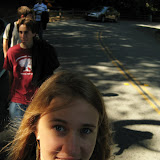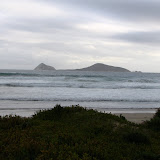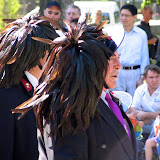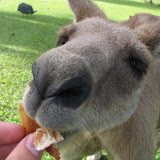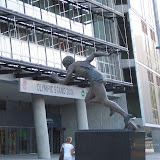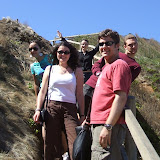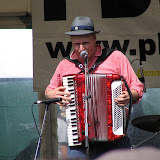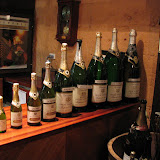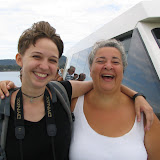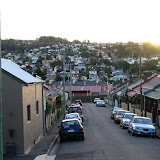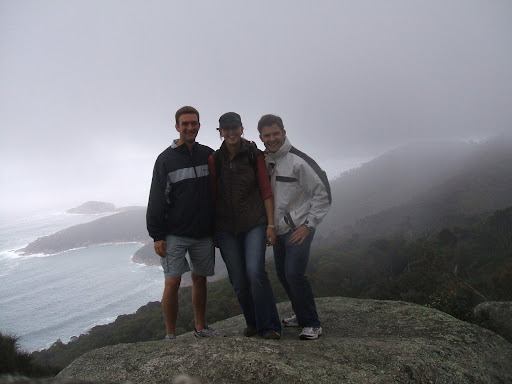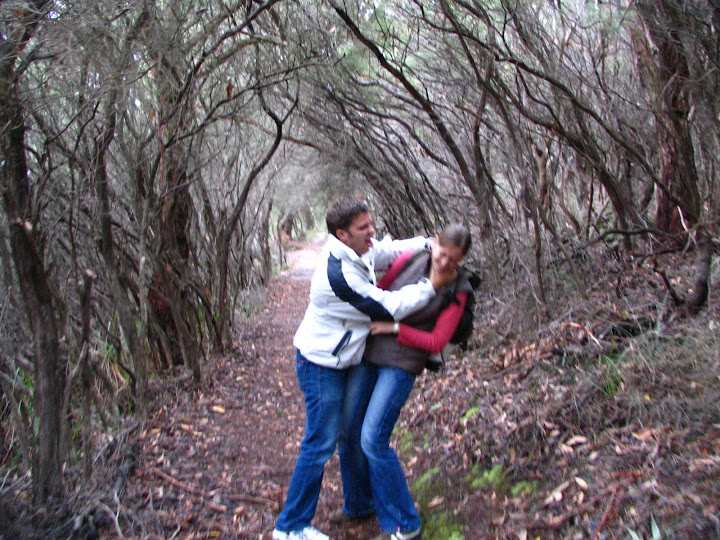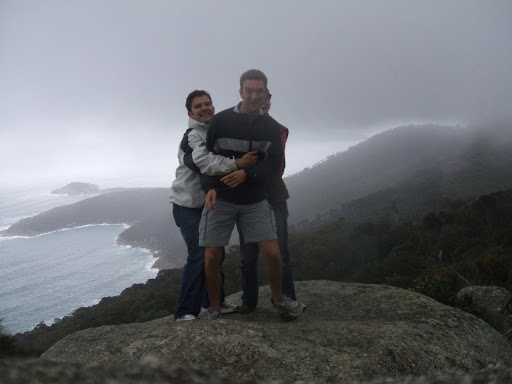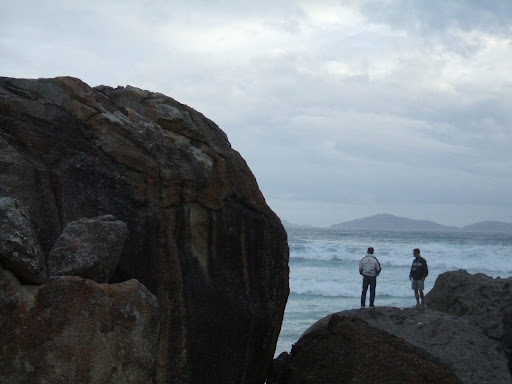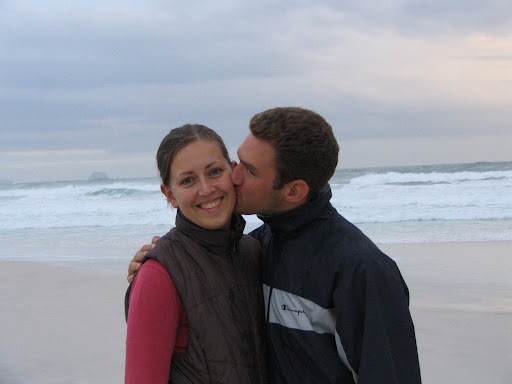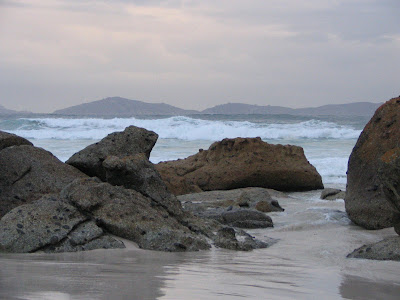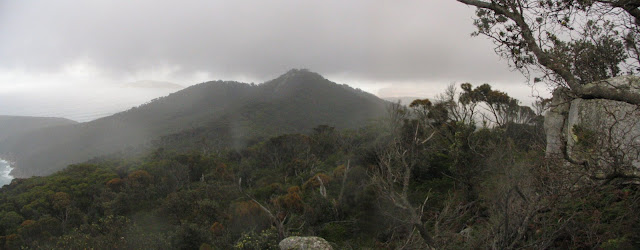In a country of only 20 million people, if you want to hear real news, inevitably you look outwards to what the rest of the world is doing. A couple weeks ago we heard about Virginia Tech. Only, we didn't hear about it in
dribs and drabs, like some echo from across the ocean. Thanks to technology, we got to experience the events in real time.
I remember coming to the
RMIT library before lab and starting my morning ritual of checking email and googling Harry Potter articles. All of the news websites were focused on Virginia--it was the evening after the shootings and the death toll kept changing--I think it increased by five in the half hour I was online. The sites were anticipating a public press conference with the VT president, and the big question at the time why the university had failed to notify its students after the first two shootings.
After a couple hours of lab I went to my philosophy tutorial, where some of the other students expressed their dismay for the victims and asked me whether I thought the gun control laws might be changed to prevent this from happening in the future. The conversation turned political and I told them since nothing had been dramatically changed after Columbine in 1999 it was unlikely that gun control would become a big issue now. I also mentioned that the NRA might be pretty strong in Virginia, and that it would suggest that if other students had guns, the shooter would have been stopped (and it did, predictably). And with a national election coming up, the big politicians wouldn't be going out on a limb and alienating themselves.
The six other students and the professor (he's Scottish, so he doesn't really count) seemed pretty disappointed that the US could go from shooting to shooting without "learning from their mistake." I found this to be the general sentiment in Melbourne, whomever I spoke to. Even Australian TV correspondents in Virginia made of point of telling their anchors that
although it went against their personal convictions, they thought gun control was unlikely to change in the US.
You see,
Australia has some experience with these matters, because in 1996 a loner named Martin Bryant drove his car to
Port Arthur, Tasmania, stopped at a cafe, calmly bought and ate his lunch, opened his bag, took out an AR15 semi-automatic rifle, and began to methodically shoot anyone in sight.
Port Arthur is home to the ruins of one of
Australia's worst convict settlements, so there were many tourists around the cafe who heard gunshots and assumed there was some sort of historic reenactment going on. Some actually approached the cafe. Bryant came out after killing over twenty people and fired into the crowd outside. He got back into his car and drove down the street, shooting at other cars and pedestrians he crossed. He hijacked a BMW after killing its three occupants, then approached a couple in a
Toyota. He killed the woman and forced her boyfriend into the trunk of the BMW. Shooting while driving, Bryant made his way to the Seascape Cottage, where he would ultimately kill the owners, the guy in his trunk, set the cottage on fire, and turn himself in. In total, he killed 35 people and wounded many others--making him the worst spree killer in history. Although the Virginia Tech Massacre may be the worst school shooting in
US history, the Port Arthur Massacre just beat it, and remains the worst mass shooting in the world. (To be fair, though, Bryant had an easier environment--filled with tourists but otherwise rural, and without a large police force nearby.)
The newly elected Prime Minister John Howard worked closely with state governments to increase gun control across the country. At the time, he said that Australia couldn't risk having a gun culture like the US (and this was in 1996). A National Agreement on Firearms was composed two weeks after the massacre, which prohibited the sale of automatic and semi-automatic firearms, and offered a "gun buyback" program. Australian citizens returned 643,726 guns (many were soon to be prohibited) and received $320
AUD from the federal government.
Martin Bryant was sent to jail for 35 life sentences without parole. If you go to Port Arthur, as I did in February (pictures of the
convict settlement ruins start
here), you'll find some memorials set up in various locations, some maintained by the town, others by family members. You'll also find a bunch of reading material on the massacre, as no one in town wants to explain it to yet another tourist.
So when Australians think about America's most recent massacre, I'm sure their sympathies and regrets are as sincere as
anyone's. But for the life of them, they can't understand why the nation they emulate, with its celebrities they worship, fashion they borrow, and sitcoms they enjoy, should be so obtuse to consider what happened in Virginia just a "tragedy," and not also "a learning experience."

